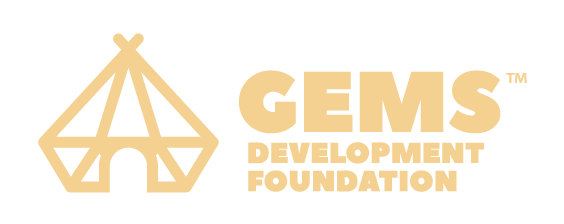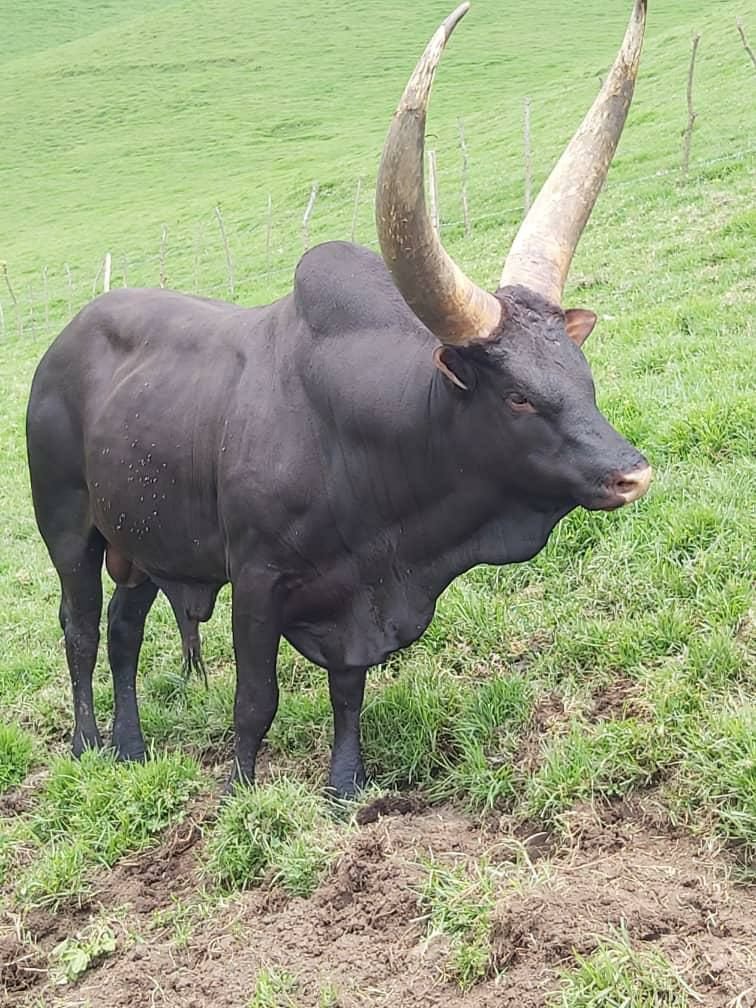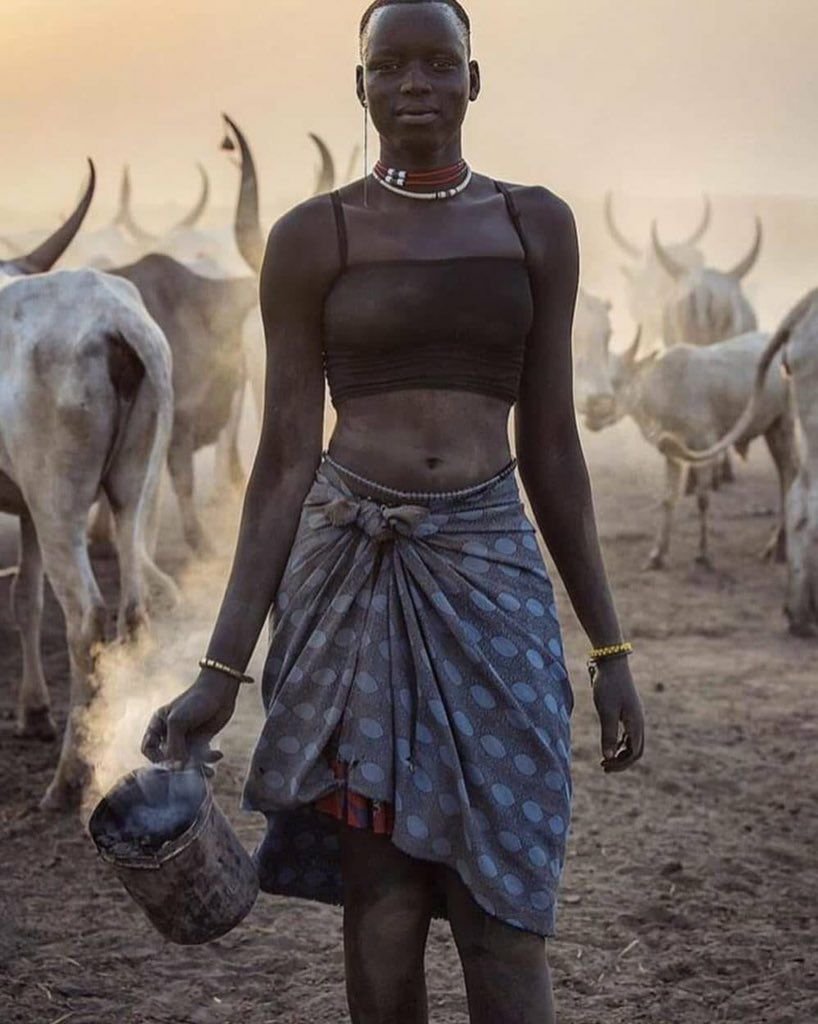The Dinka People of South Sudan
The Dinka are one of the largest ethnic groups living in South Sudan. They are part of a group of cultures known as the Nilotic peoples.
Central to their society are cattle, which form the basis of livelihood and the economy of the Dinka. Farming and agriculture also play an integral role. Labor has traditionally been distinctly divided along gender lines, with men traditionally in the role of cattle herders and women holding the responsibility for growing crops, cooking, and drawing water. However, in recent years, the division of work has become more shared across families.
Cultural traditions around becoming an adult focus more on young men than young women, and involve boys receiving marks on their foreheads, created by the scarring from large gashes that they submit to in silence to prove their manhood. They also take a new name, or a “cattle name”, which can be the name of their favorite bull, or a characteristic of an animal or their favorite thing about cattle herding. Boys often have favorite animals in the herd from spending long hours with them in cattle camps. They will apply ash from burnt cow dung over their bodies to protect it from insects while using cow urine to bleach their hair. They train the horns of their bulls from a young age to give them their shape, and boys will often walk with their arms in the same shape of their favorite animal’s horns. Cattle also are used as a dowry in traditional Dinka marriages.
In African languages, linguists classify Dinka as a major language in the Nilotic category. You can often determine what holds the most importance to a culture by the amount of words that they have to describe it. The Dinka have a widely diverse vocabulary but also have an estimated 400 words just for cattle, referring to their colors, forms, diseases and movements.
South Sudanese men fish from a dugout canoe.
Traditional Dinka baai (homes) are constructed with wooden poles and thatched roofs. Men traditionally lash the foundational poles together and then women complete the roofs with dried grass and reeds. The walls are constructed of mud. This is the reason that so many homes have been destroyed in the recent flooding, the mud walls collapse when they are underwater for too long.
Traditional Dinka “baai” (home)
Collapsed Dinka “baai” (home) destroyed by flooding
In 1983, a civil war erupted in Sudan, pitting the largely Arab and Muslim northern Sudan against the black African peoples of the south. Lasting until South Sudan’s declaration of Independence in 2013, the war had dire consequences for the Dinka and other Nilotic peoples. Hundreds of thousands of Dinka have died while countless others became refugees.
The Dinka now live in a large region that forms a swampland when the Nile River floods during the rainy season. Climate change has caused floods to worsen over the last three years. Due to civil war and flooding, large numbers of Dinka have migrated from South Sudan to Kenya, Uganda, Europe, and the United States as refugees.
South Sudanese citizens work to salvage their belongings and leave flooded areas
The Dinka are strong, resourceful and resilient people who are rebuilding after the effects of genocide, war, flooding and famine. Your gift can help in their recovery from unfathomable circumstances as GEMS Development Foundation works with Dinka tribal leaders to develop sustainable solutions for better health and education outcomes in their villages.








